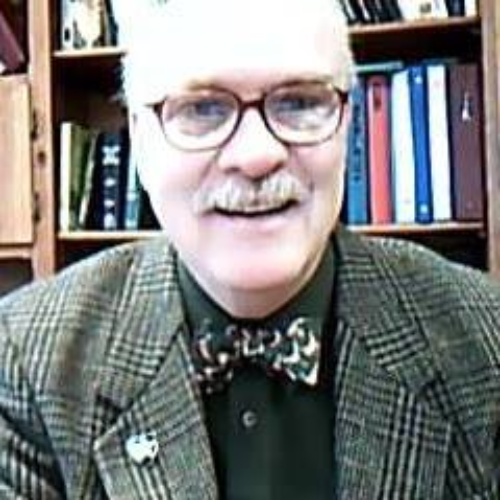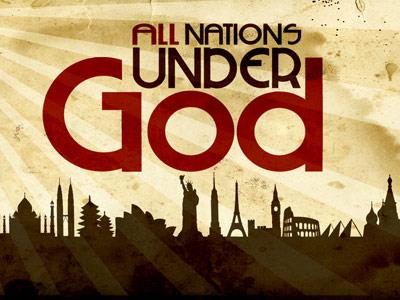-
Orthodox Christianity Series
Contributed by Robert Leroe on Nov 28, 2017 (message contributor)
Summary: The Eastern Orthodox Church has been described as an “unknown world” for most Americans, yet it represents a major segment of Christianity.
World Religions>>Orthodox Christianity -Pastor Bob Leroe, Cliftondale Congregational Church, Saugus, Massachusetts
The Christian world can be divided into 3 main branches: Catholics, Protestants, and the Orthodox. This 3rd stream has been described as an “unknown world.” It is foreign and mysterious to most American Christians, yet it represents a major segment of our faith. For many of us, all we know of the Orthodox Church is the hit movie, “My Big Fat Greek Wedding.”
There are about 4 million Orthodox Christians in the US, with ties to churches in Greece, Russia, Armenia, Syria, Poland, Romania, Egypt, and the Ukraine. There are about 150 million Orthodox Christians worldwide. Because of where most of them are located, you’ll often hear them referred to as “Eastern Orthodox”.
The separation of Eastern European Christianity from Roman Catholicism came about over a rejection of Papal authority. Prior to this schism, (well before the Protestant Reformation) the Eastern Church had co-existed with the Roman Catholic Church as the principle expression of historic Christianity. The Crusader invasion of Constantinople, the growing power of the Pope, the issue of celibacy (Orthodox priest are allowed to be married) and conflict over which language should be used in worship were main points of contention that eventually resulted in division. The Eastern Church then subdivided into ethnic/national expressions.
Many of the important early church councils (on doctrinal issues) convened in the East. Christian monasticism and religious art began in the East. The term “orthodox” means “glorious teaching”, or “teaching about the One to whom glory is given”. Some Protestants and Jews use this term to describe their adherence to the historical truths of their faith. One of our CCCC churches in nearby Gloucester is the “Orthodox Congregational Church of Lanesville.” There, “orthodox” is used as a synonym for Conservative, a way of saying that they have remained true to the teaching and authority of the Bible.
Upon entering an Orthodox service, the first thing one may notice is that there’s no place to sit. In spite of the fact that Orthodox worship can often last for several hours, worshippers are expected to stand. The Orthodox calendar differs slightly with the Western Church, which is why, for example they celebrate Easter somewhat later than us (my former Battalion Commander who was Greek Orthodox was pleased when I wished him a Happy Easter a few weeks after mine). The church architecture, the dim lighting and the incense add to the exotic sense of wonder. The formal liturgy is chanted and sung--music is extremely important to convey God’s truth and majesty. Russian composers Rachmaninoff and Tchaikovsky both wrote sacred music for Orthodox worship.
Art is very important in the Orthodox Church. We’re somewhat familiar with icons, the pictures Orthodox Christians display in their worship. We may wonder if they venerate these images. The Orthodox Church regards icons as tangible expressions of Gospel truth. They are a source of revelation, or “theology in color.” They provide a way of “showing” people the message of Christ. I was presented with an icon in Hungary as a farewell gift from the chaplains I supervised, depicting the Nativity. When the Apostle Paul tells us that we bear the “image” of Christ, he uses the Greek word ikon:
o “Clothe yourself with the new nature, which is being renewed in knowledge in the image (ikon) of your Creator” (Col 3:10).
o “Just as we are not like Adam, the man of the earth, so we shall bear the image (ikon) of Christ, the man from heaven” (I Cor 15:49).
Like the Catholic Church, the Orthodox Church venerates saints from the Bible and from church history. Every day of the calendar is dedicated to a particular saint. While they do not worship these people, they’ve created, in essence, a holy “hall of fame”. Protestants to a lesser degree give honor to significant leaders like Calvin, Luther, Knox, Moody, Wesley, Jonathan Edwards and Charles Spurgeon, to name a few. By perpetuating their memory we learn from their teaching and example. The Orthodox Church seeks to help their followers to attain a historical appreciation of their faith. Protestants could well do a better job of teaching the history of Christianity. Many church-goers know little of what’s happened in the Church since the days of the Apostles.
The Orthodox Church puts a strong emphasis on “holy tradition”. They are not seeking to update the church to accommodate contemporary styles of worship; they rather are striving to keep the focus locked into the ancient ways. While this may alienate some, their goal is to be faithful to history. Protestants place less emphasis on tradition; we try to live as Biblical Christians in modern times. The Bible does not dictate an “order of worship” so we feel free to conduct worship in a variety of ways, with degrees of formal or inform expression. We’re also reminded of Paul’s warning in Colossians: “See to it that no one takes you captive through hollow and deceptive philosophy, which depends on human tradition and the basic principles of this world rather than Christ” (2:8). The only Apostolic tradition we follow is what we find in the Bible, our sole authority. We are not anti-tradition, yet neither do we elevate tradition to the status of Scripture.

 Sermon Central
Sermon Central


